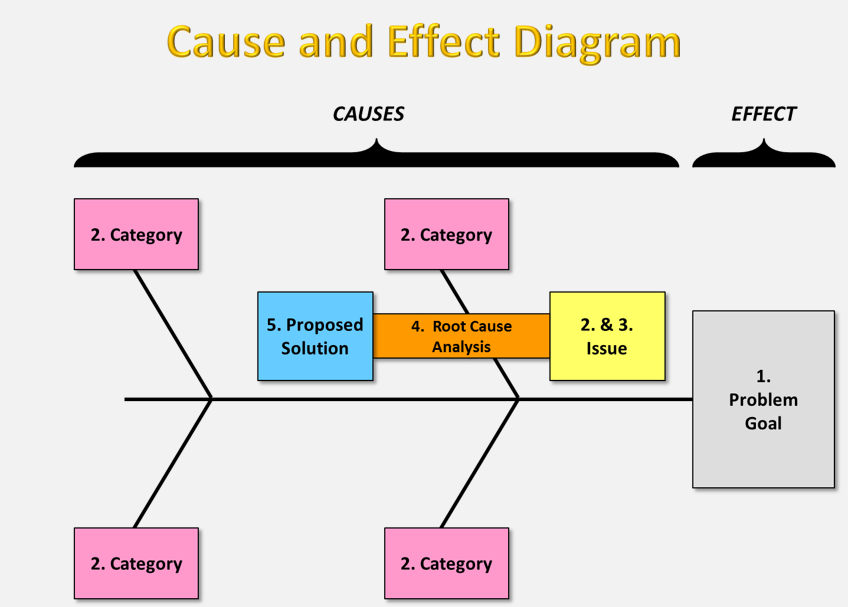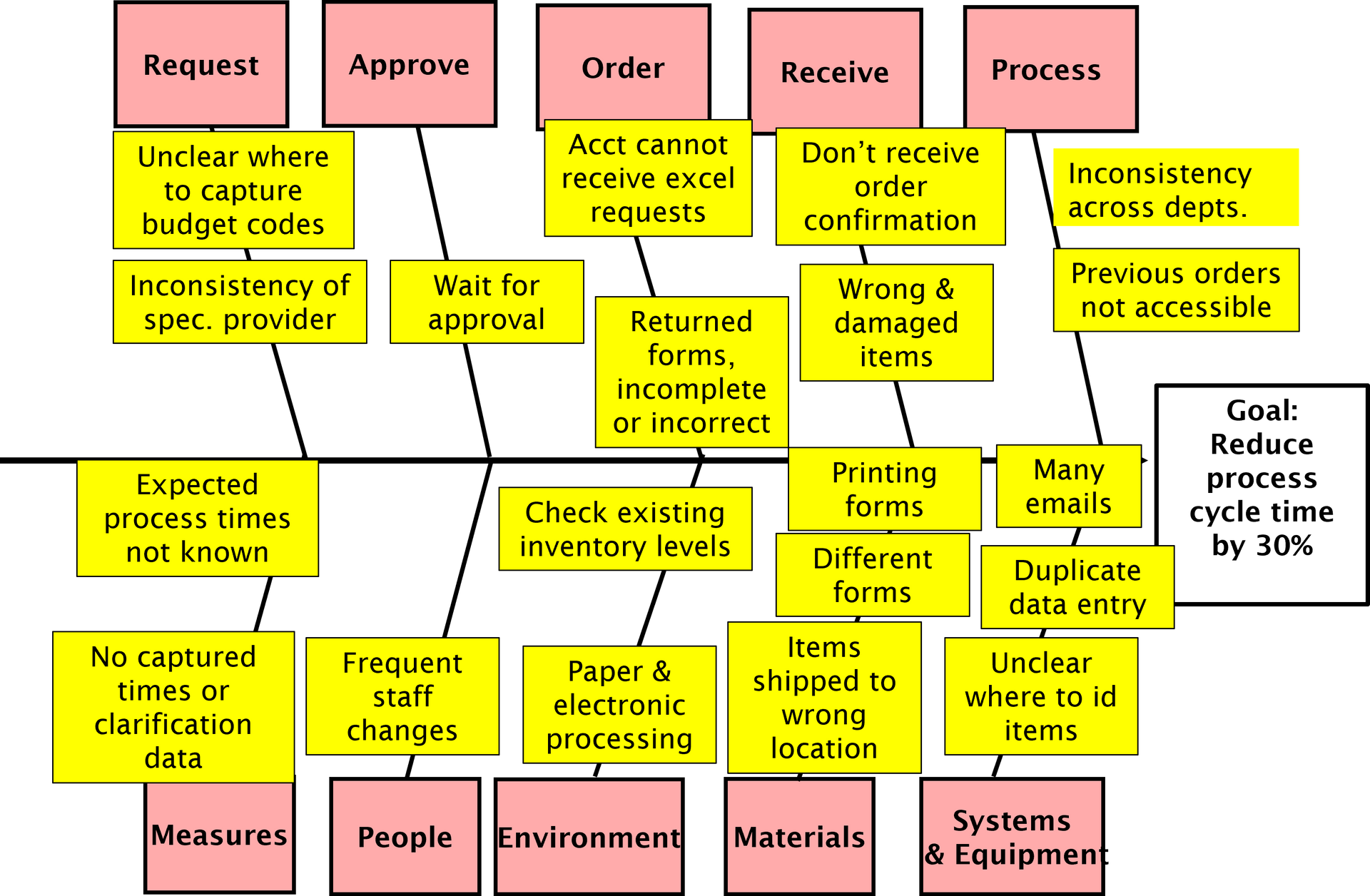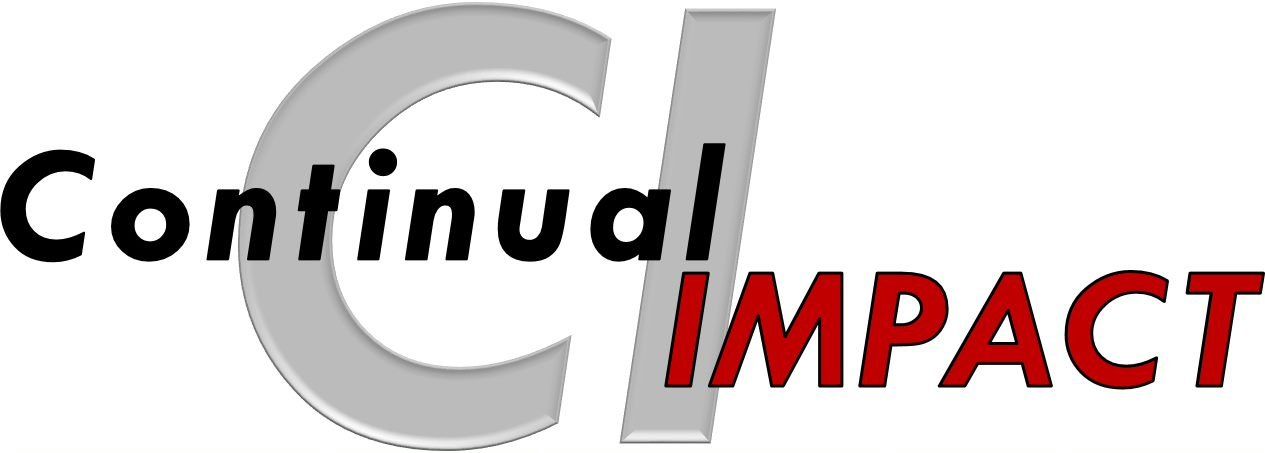5 WHYs: Only Part of Problem Solving
5 WHYs: Only Part of the Story & Process
When discussing problems or in an improvement project, if you are using the 5 Whys for deeper problem solving -- CONGRATULATIONS!!
5 Whys is something everyone can do (even during daily conversations). The purpose of today's blog is to go a bit deeper into solving problems and why 5 Whys is only part of the the problem-solving process. 5 Whys is the peanut butter in the sandwich.
THE FULL STORY & PROCESS
Truly getting to the root of a problem to find powerful solutions that eliminate or prevent the problem from recurring involves 5 STEPS of Cause and Effect Analysis*.
1. Define the goal of the problem to be solved.
2. Establish categories and identify issues that impact the problem.
3. Prioritize & select key issues.
4. Perform root cause analysis (5 Whys) for selected issues to identify potential solutions.
5. Prioritize & select proposed solutions.
*Cause & effective analysis also known as fishbone, Ishikawa diagram, CEDAC, APOLLO.

New Paragraph
TIPS TO STRENGTHEN PROBLEM SOLVING
1. GOAL
a. Begin with a goal.
b. Include in the goal both the aim/objective and the measure to know if the aim is achieved.
2. CATEGORIES
a. Use several categories to broaden the identification of issues. See image.
3. ISSUES
a. Stick to the facts only. If a team member says "I think..." note it and gather data to confirm.
b. All issues identified are not worth addressing. Prioritize the issues to select the 1-5 issues that impact the goal the most and happen most often.

4. THE 5 WHYS ROOT CAUSE ANALYSIS
a. Ask 5 Whys on the high priority issue(s), not the goal.
b. The # of whys is not magical. Generally teams will uncover roots and new solutions around 5 Whys; sometimes 2 or 8 whys are needed.
c. When the team is done answering why, ask one more why to challenge paradigms, knowns, & unknowns.
5. SOLUTIONS
a. This is the time for brainstorming. Using the root causes diagrams to see all potential solutions; putting silly ideas on the table provides team members ideas to build upon.
b. Again, all solutions are not good. Prioritize the solutions that have the highest impact on achieving the goal and are quick, easy, and low cost.
c. Check back to the goal. Will these goals produce the desired goal and measures?

